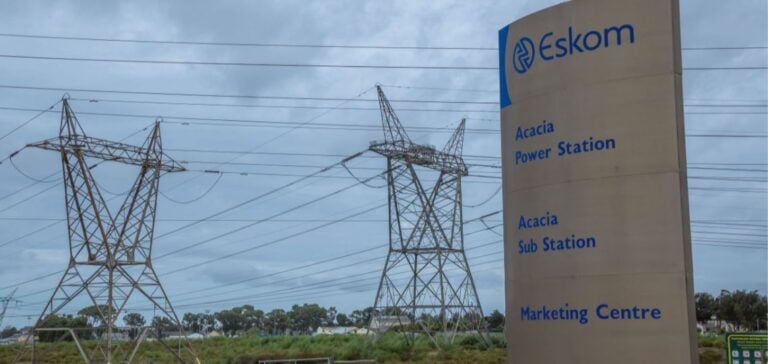The South African government has unveiled a large-scale energy programme worth ZAR2.2tn ($127.5bn), aimed at restructuring the electricity sector and supporting economic recovery. Presented by Minister of Electricity and Energy Kgosientsho Ramokgopa, the Integrated Resource Plan 2025 outlines the addition of 105,000 megawatts (MW) of new generation capacity by 2039, more than double the output currently installed by Eskom Holdings SOC Ltd., the national electricity utility.
Structural shift in the energy mix
The plan marks a historic shift in the country’s energy policy: low-carbon sources are expected to surpass coal in national power generation for the first time. The programme targets the addition of 11,270 MW of photovoltaic solar, 7,340 MW of wind, 6,000 MW of natural gas and 5,200 MW of nuclear power by 2030. This repositioning also aims to support an annual gross domestic product (GDP) growth rate of 3% and to create jobs in construction, engineering and the broader energy value chain.
Minister Ramokgopa stated that power outages had stalled industrial activity and investment, worsening unemployment. According to the Organisation for Economic Co-operation and Development (OECD), load shedding reduced South Africa’s GDP growth by 1.5 percentage points in 2023. Eskom estimates the economy lost around ZAR43.5bn ($2.5bn) between 2007 and 2019 due to recurring electricity outages.
Eskom stabilises and regulatory advances gain momentum
Eskom has recorded improved operational performance since 2024 following a decade of underperformance. Between August and September 2025, its energy availability factor reached 70% on more than 20 occasions, compared to under 50% the previous year. As of 17 October 2025, the country had achieved 154 consecutive days without load shedding, according to data from the public operator.
The government is relying on two major initiatives to reinforce this progress. The Renewable Energy Independent Power Producer Procurement Programme (REIPPPP), launched in 2011, has selected 122 projects totalling 11,500 MW of renewable capacity, of which 7,825 MW have reached financial close.
Energy storage and grid reinforcement
The Battery Energy Storage Independent Power Producer Procurement Programme (BESIPPPP) introduces large-scale storage systems, essential for securing the integration of variable sources such as solar and wind. The objective is to reduce disruption risks while increasing the flexibility of the national grid.
The government maintains that continuing reforms, a competitive electricity wholesale market, and the expansion of transmission infrastructure will be decisive in securing long-term grid stability and supporting industrial growth.






















